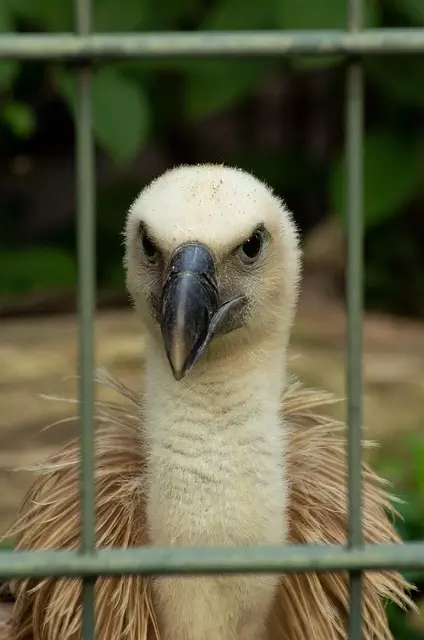Kava tea, made from the Piper kava plant, is a centuries-old Pacific Island beverage gaining global recognition for its natural anxiety relief and calming properties. Unlike kratom capsules or powder, it offers a gentle experience through its unique bioactive compounds, particularly kavalactones, which interact with brain receptors to reduce stress. Indigenous to South Pacific islands, kava tea has been an integral part of Polynesian culture for millennia.
“Unwind and find tranquility with the ancient herbal remedy, Kava Tea—a natural alternative for managing anxiety and promoting relaxation. This time-honored drink has gained popularity in modern times due to its potential benefits in reducing stress and calming the mind. In this comprehensive guide, we explore the origins of Kava Tea and delve into the scientific research backing its relaxing properties.
Furthermore, we compare it with Kratom capsules, examining the differences between these herbal powders for anxiety relief, considering method of consumption, bioavailability, and real-life experiences.”
Understanding Kava Tea and Its Relaxant Properties

Kava tea, derived from the root of the Piper kava plant, is a traditional herbal beverage renowned for its calming effects. Often referred to as the “kava kava” or “kava root,” this natural remedy has been used for centuries in the Pacific Islands for relaxation and anxiety relief. Its popularity has grown worldwide, especially among those seeking alternative ways to unwind without the side effects of prescription medications.
The unique properties of kava lie in its bioactive compounds, particularly kavalactones. These compounds are believed to interact with certain receptors in the brain, promoting a sense of tranquility and reducing stress levels. Unlike kratom capsule or powder forms, which offer similar benefits but differ in consumption methods, kava tea provides a gentle and soothing experience. This traditional herbal drink is easily accessible and offers a natural way to manage anxiety, making it an appealing option for many seeking relaxation without the complexities of other substances.
– Origins and history of Kava tea

Kava tea, also known as Kava-kava or Kawa, has its roots in the South Pacific islands, particularly Fiji, Samoa, and Hawaii. This traditional herbal beverage has been a cultural staple for centuries, valued for its calming effects on the mind and body. The plant’s history stretches back millennia, with early use documented by Polynesian cultures as far back as the 13th century. Historically, Kava was used in ceremonial settings and played a significant role in social gatherings, fostering community bonds through shared consumption.
Contrary to some beliefs, Kava tea is not similar to kratom capsules or powder, which belong to a different botanical family. Kava derives from the root of the Piper methysticum plant, while kratom (or Mitragyna speciosa) has distinct properties and origins. The preparation methods also differ; Kava is traditionally chewed or brewed as a tea, whereas kratom is typically consumed in capsule or powder form, offering diverse consumption options for those seeking relaxation and anxiety relief.
Kava tea, with its rich history and unique properties, offers a natural alternative for those seeking relaxation and anxiety relief. Unlike kratom capsules or powder, Kava focuses on promoting calmness without the stimulating effects of caffeine. By understanding and embracing its origins, you can harness the power of this herbal drink to create a soothing ritual that supports your overall well-being.






